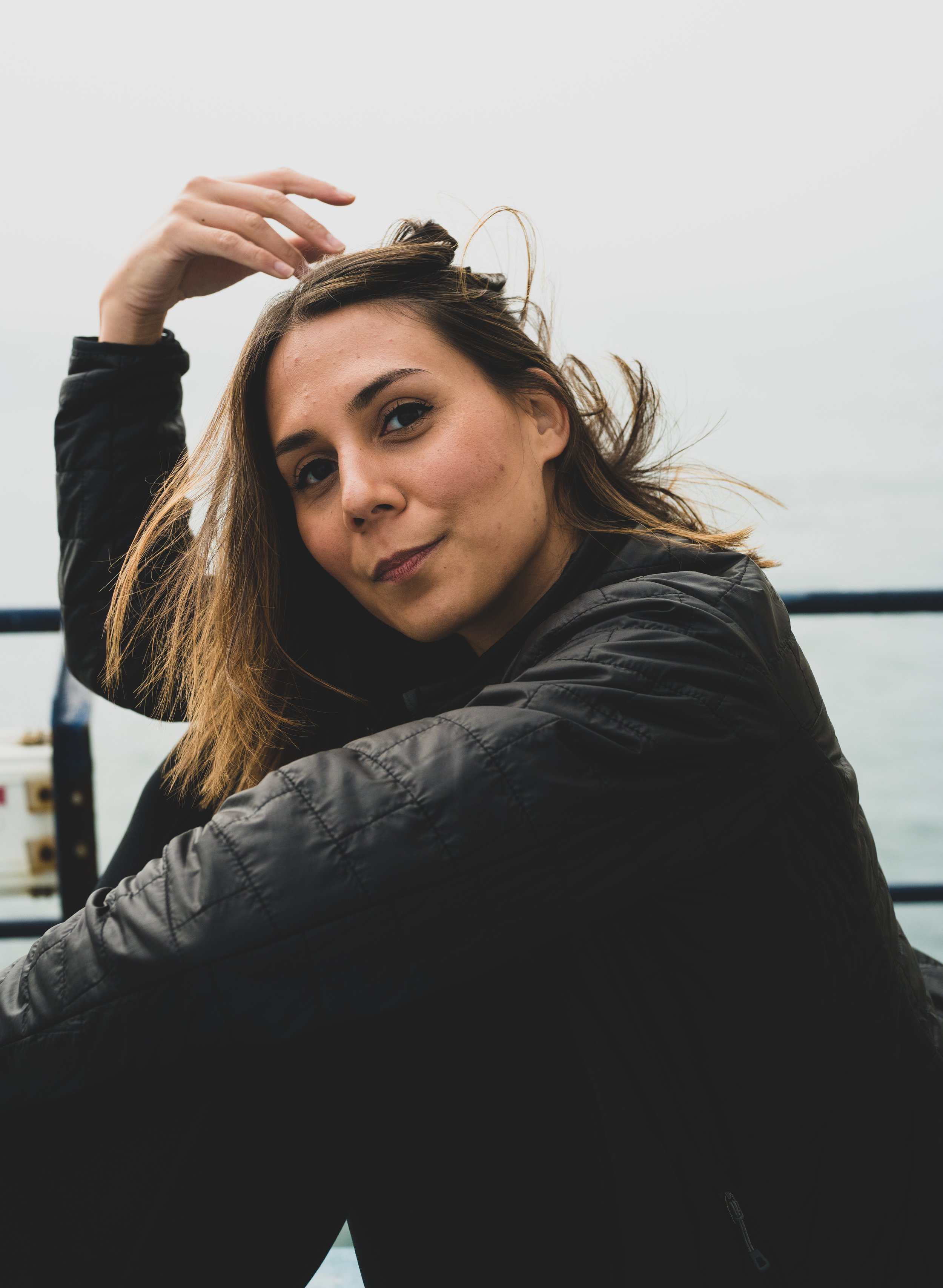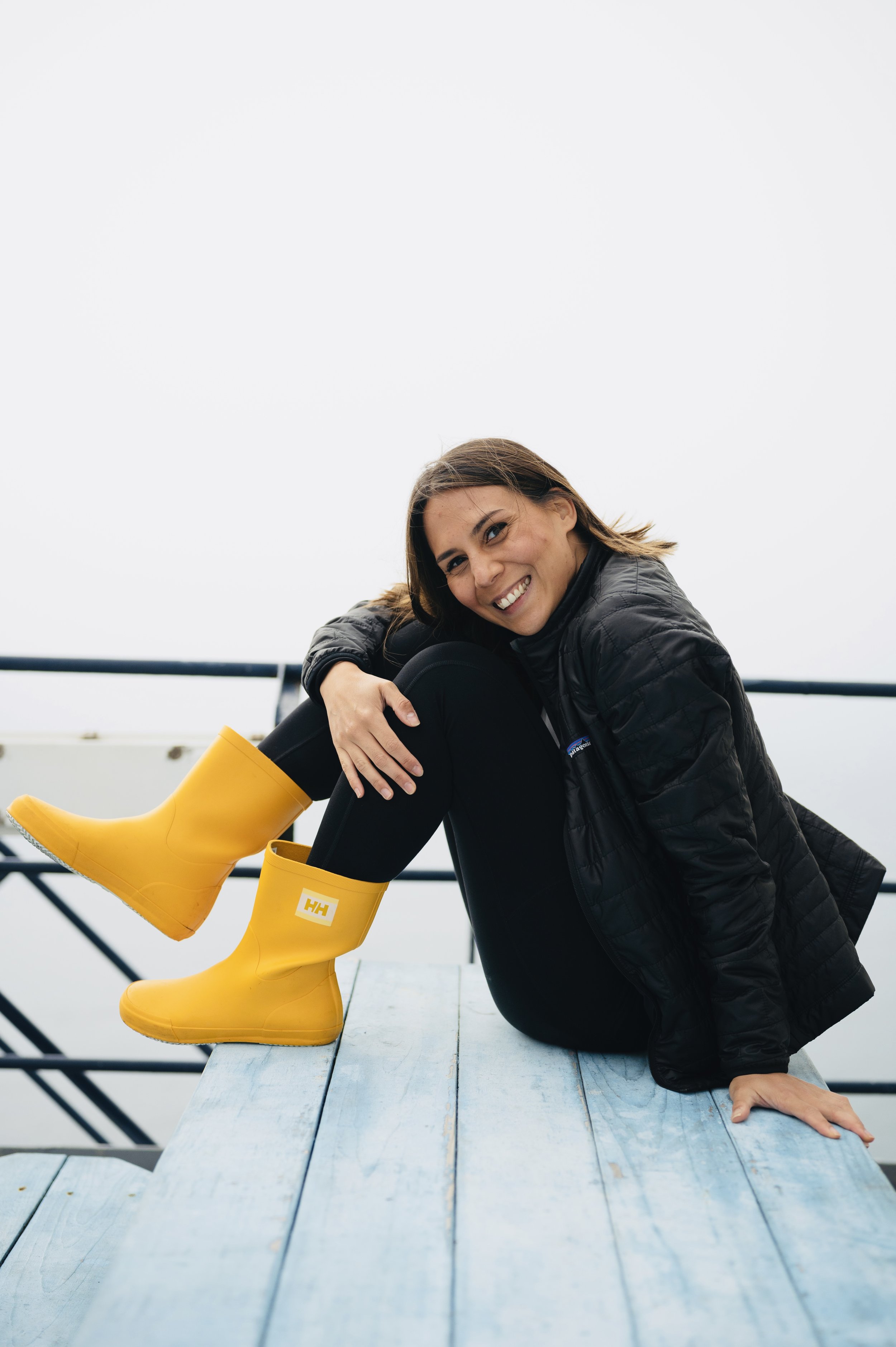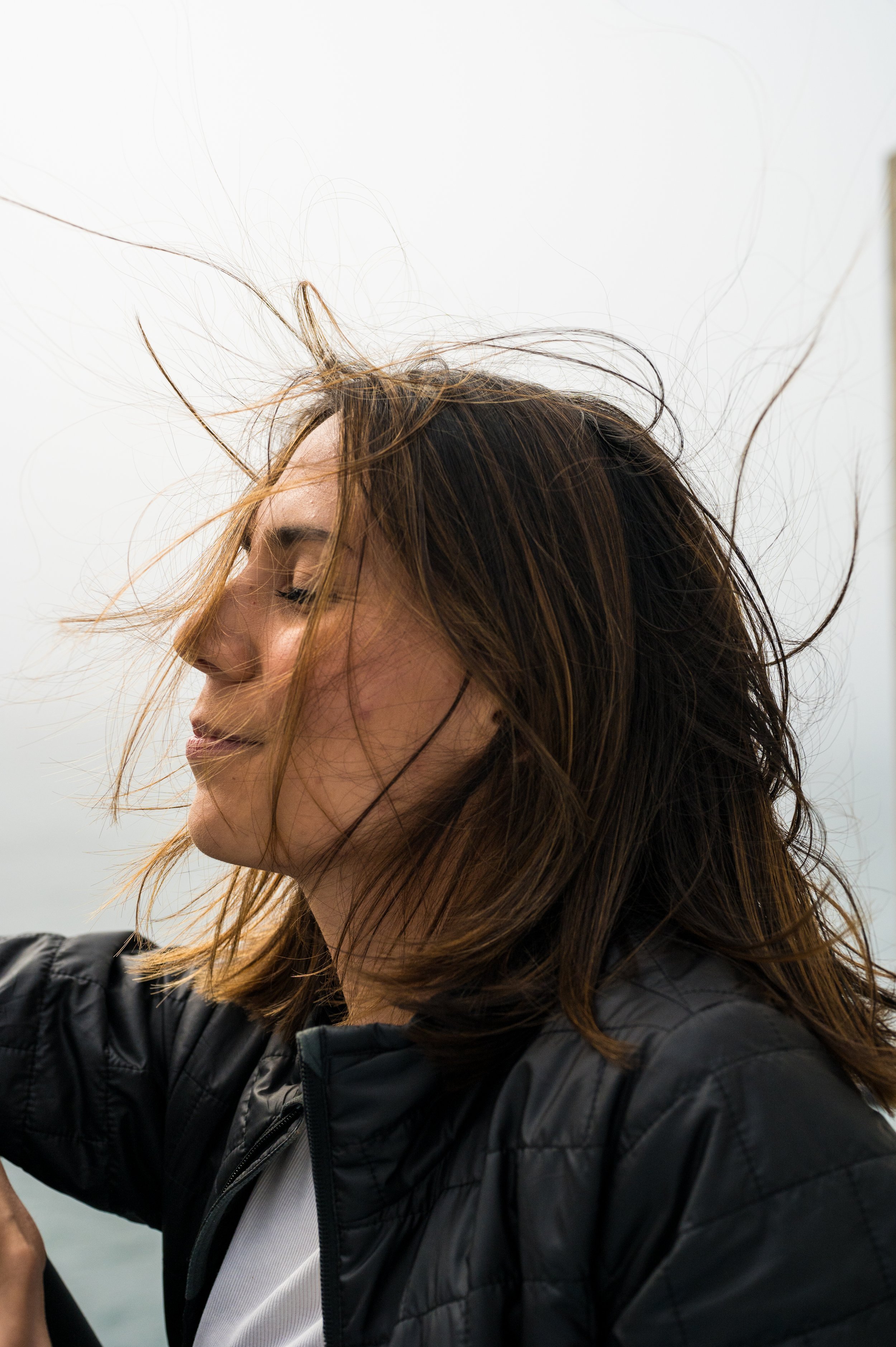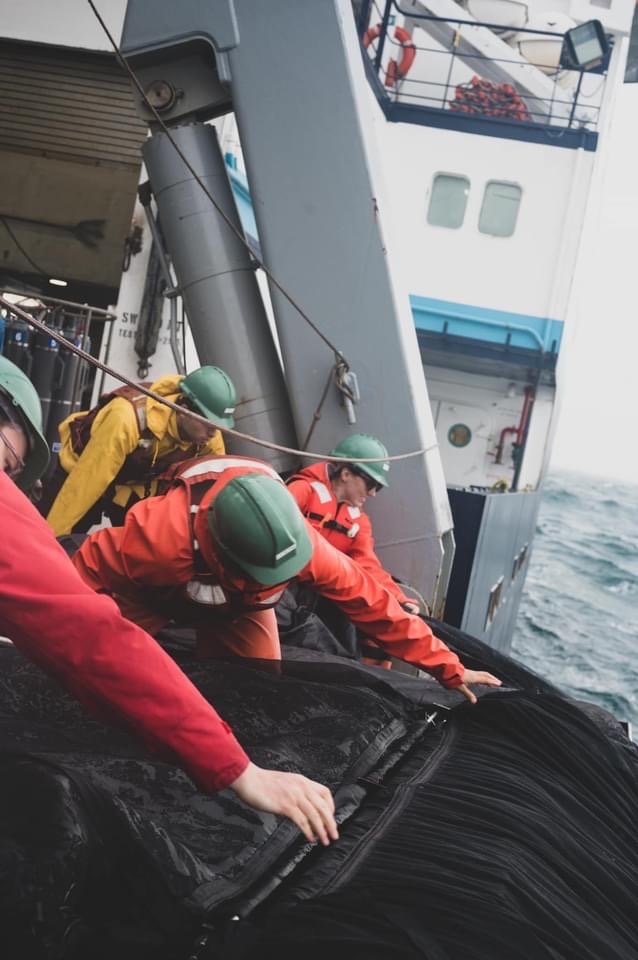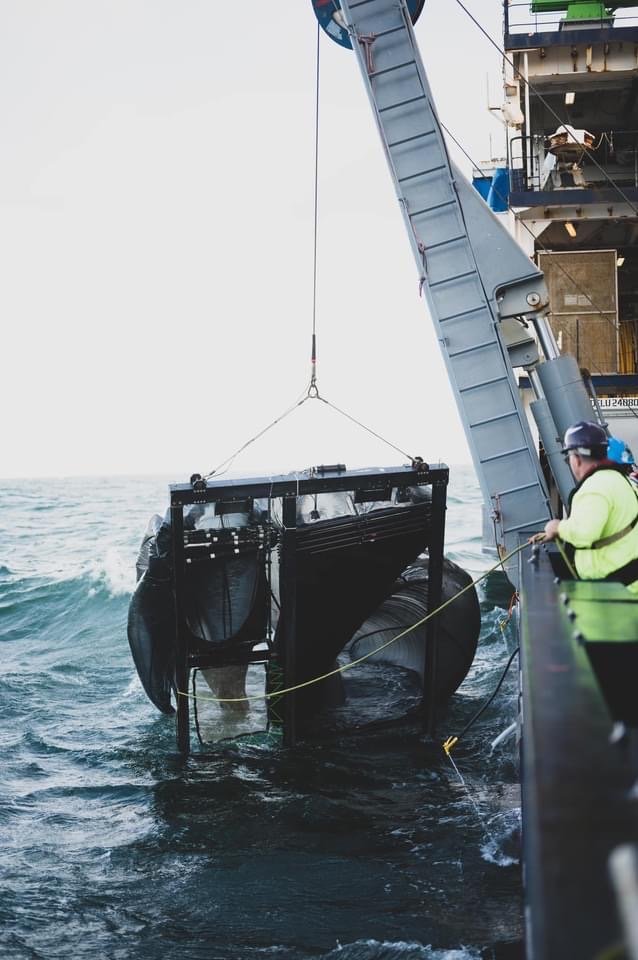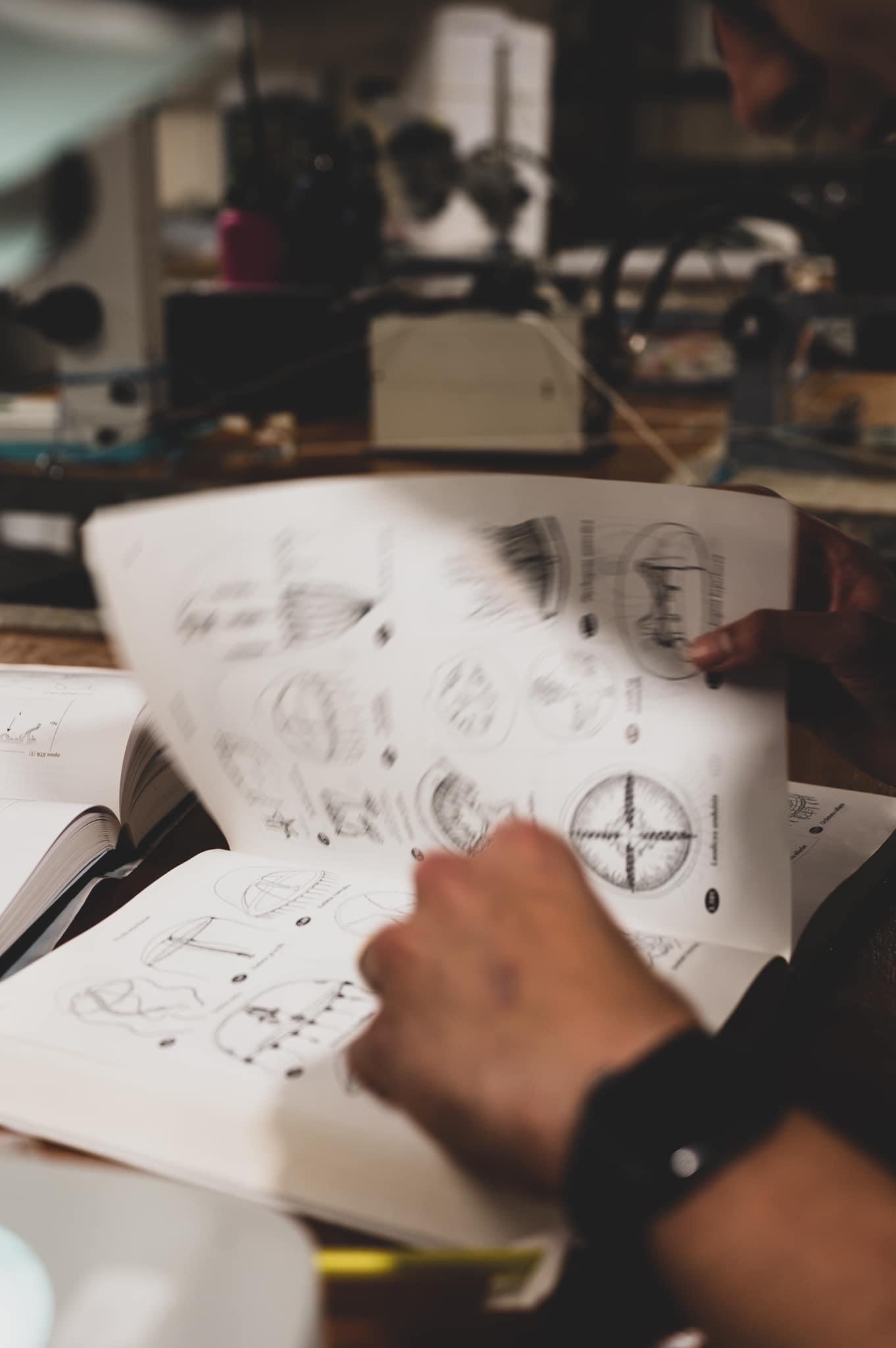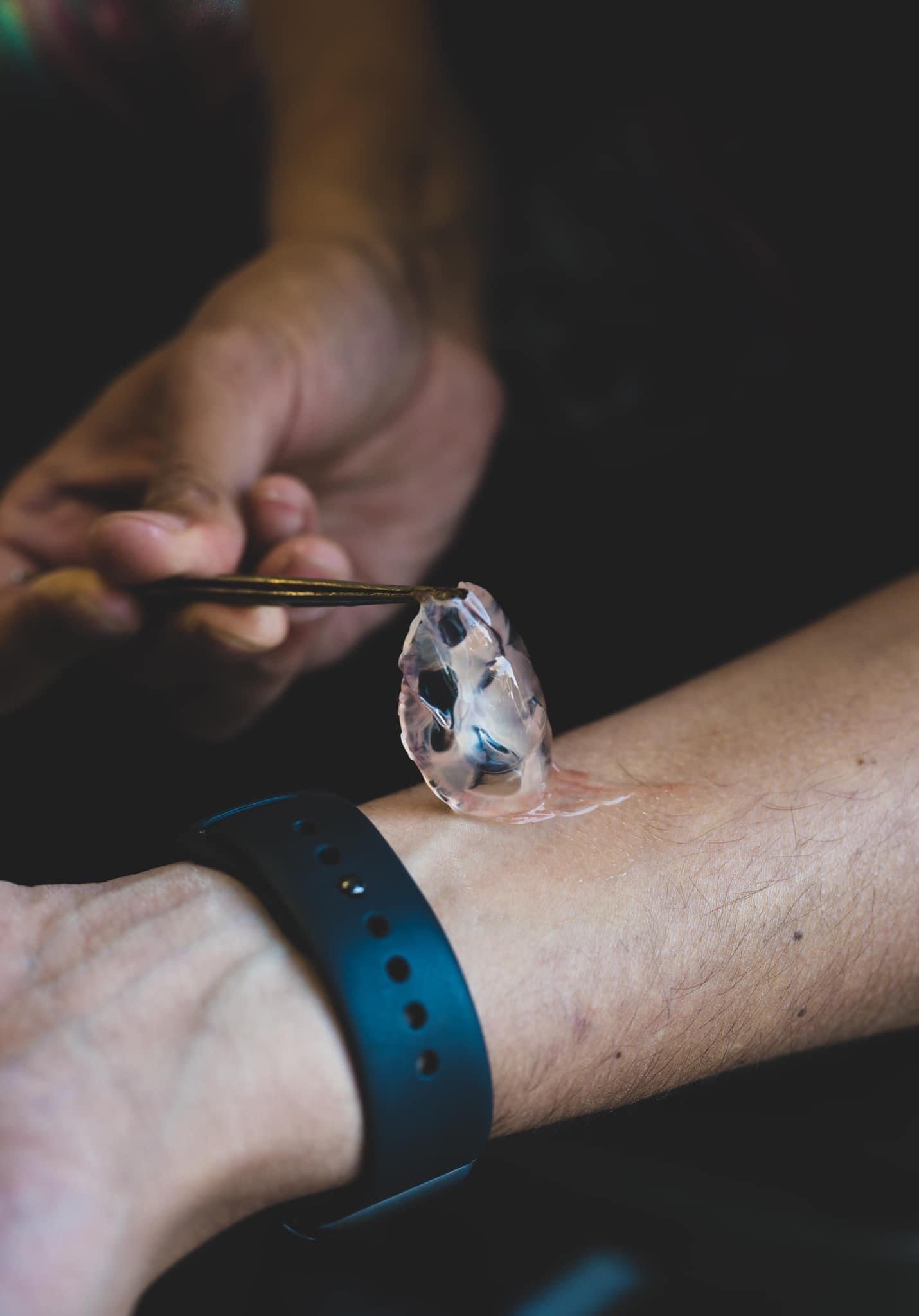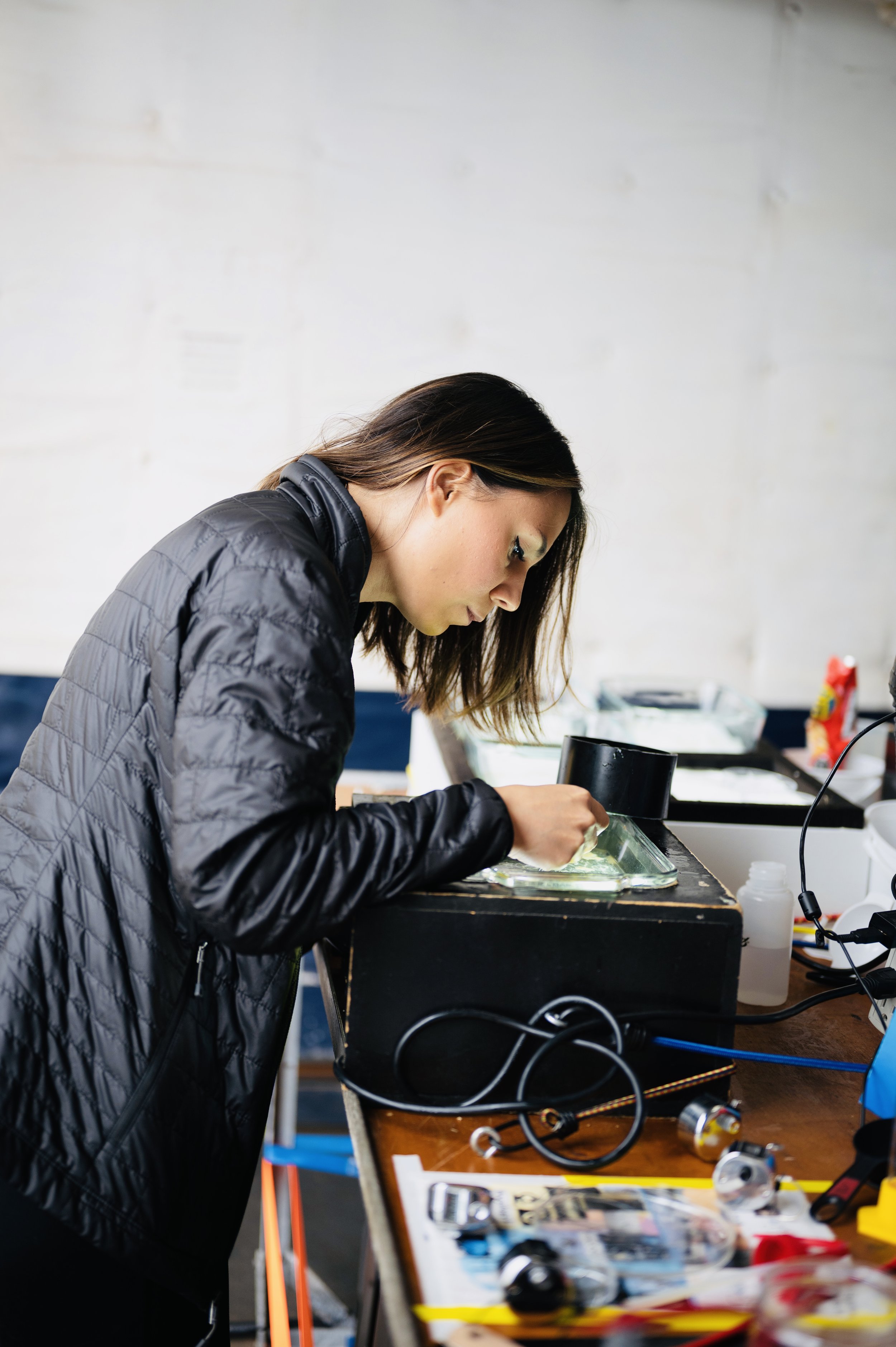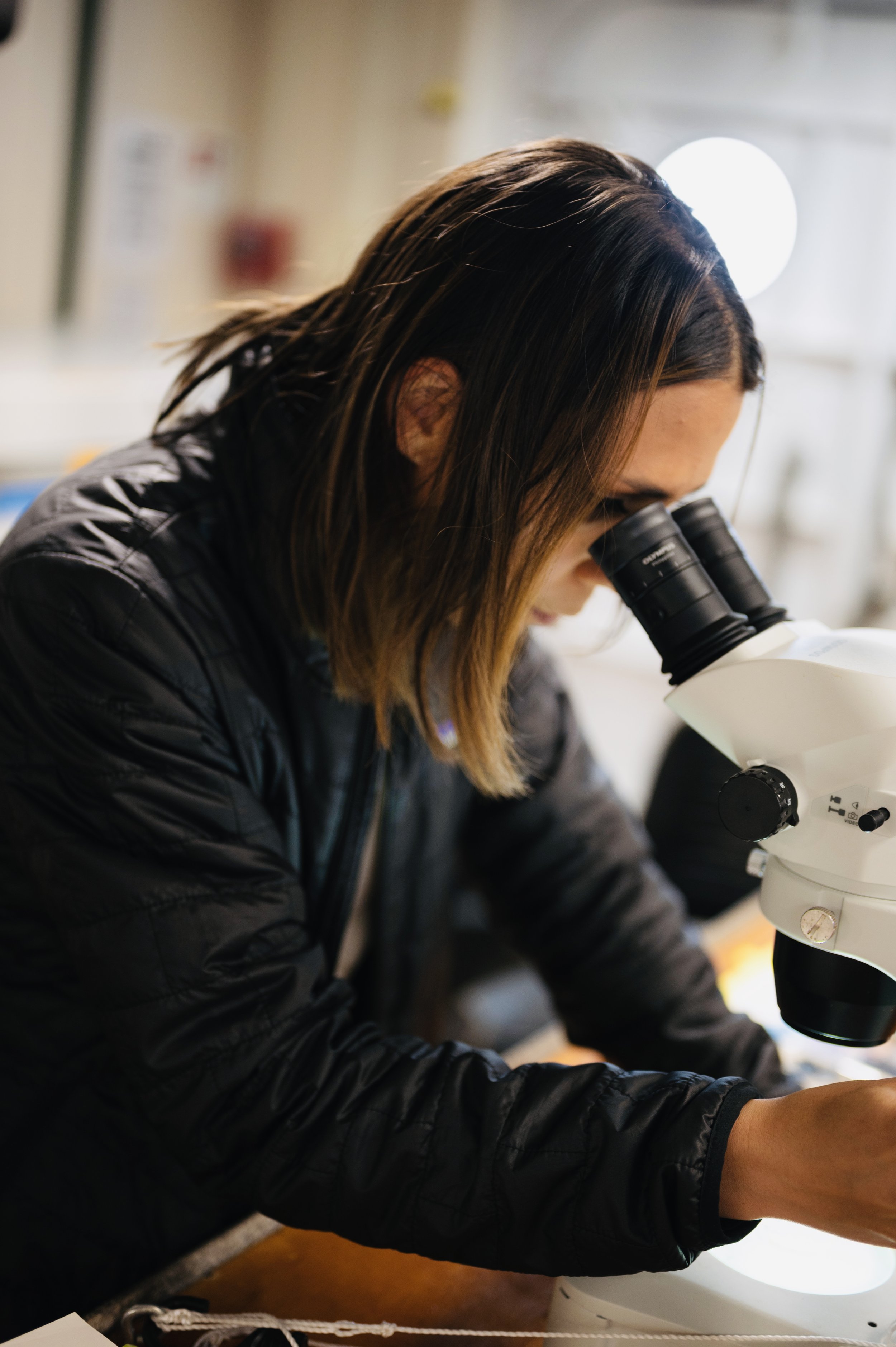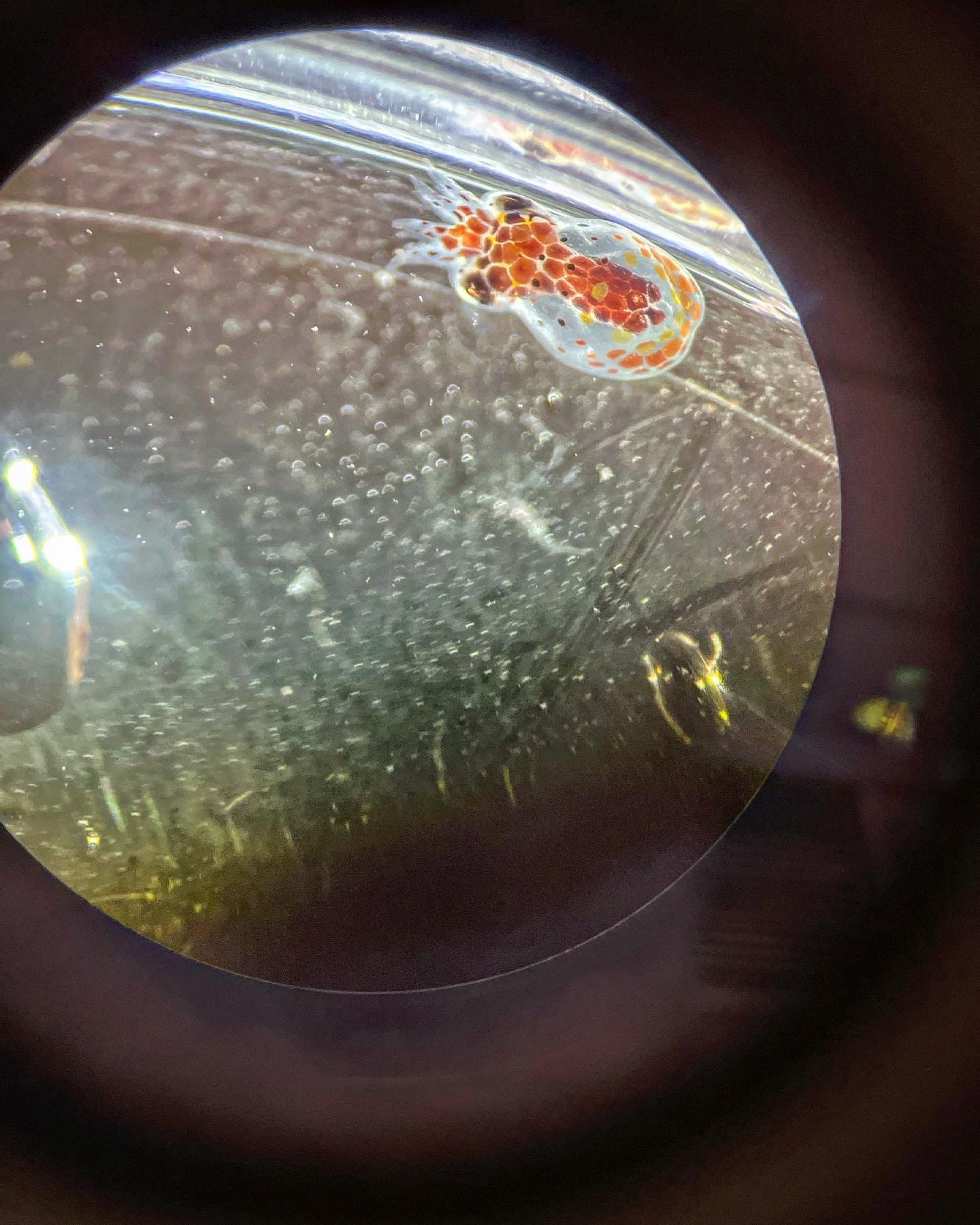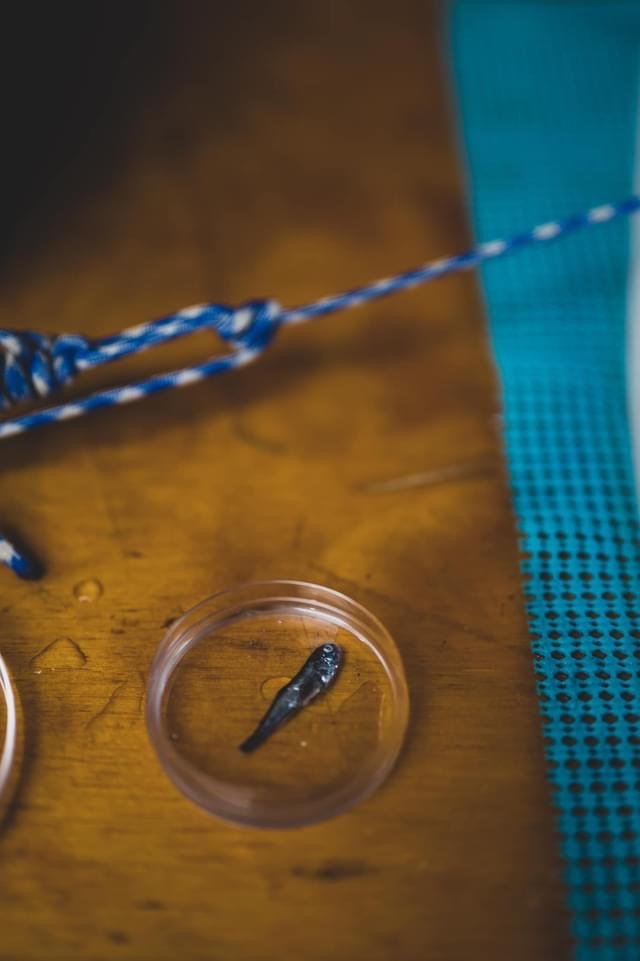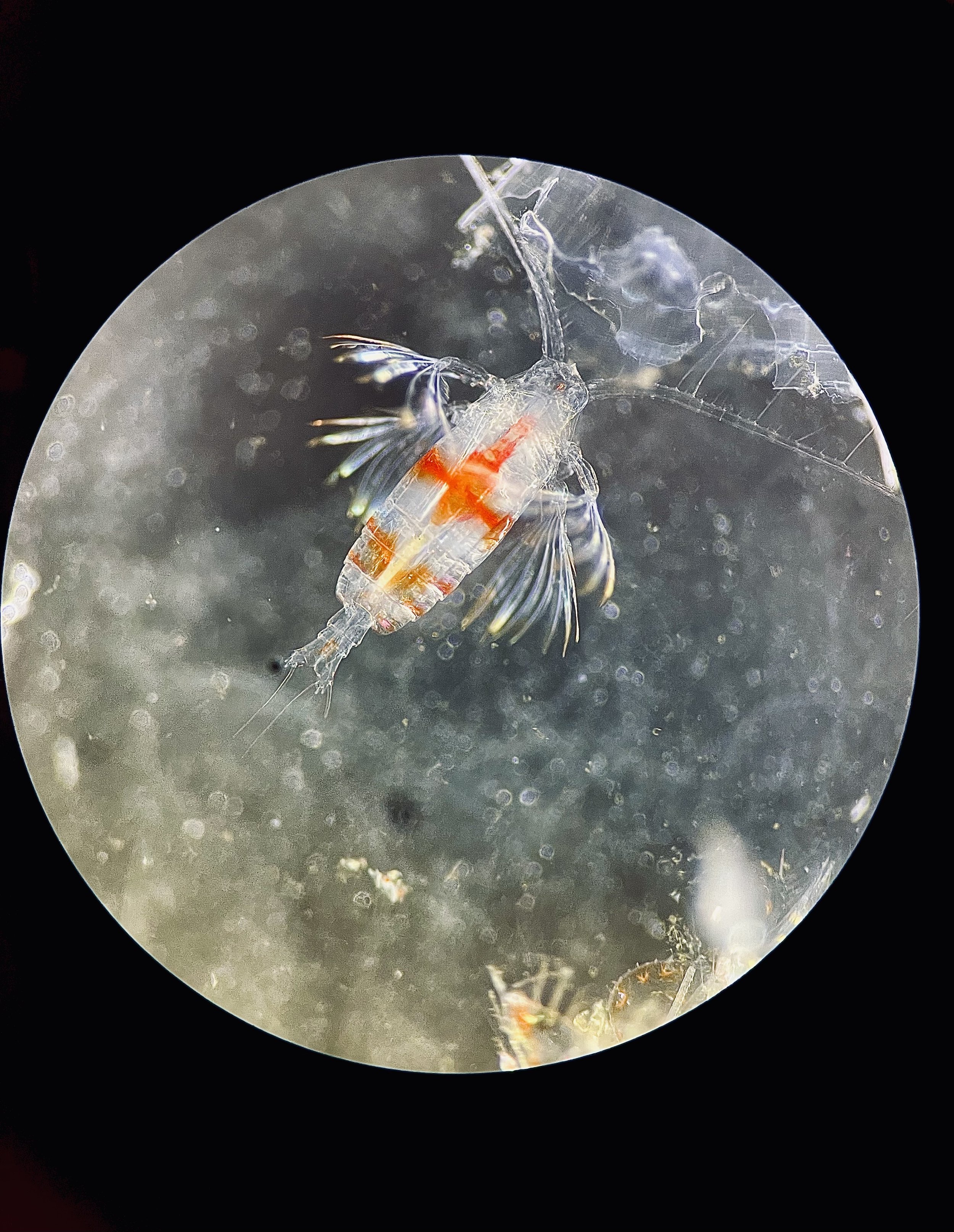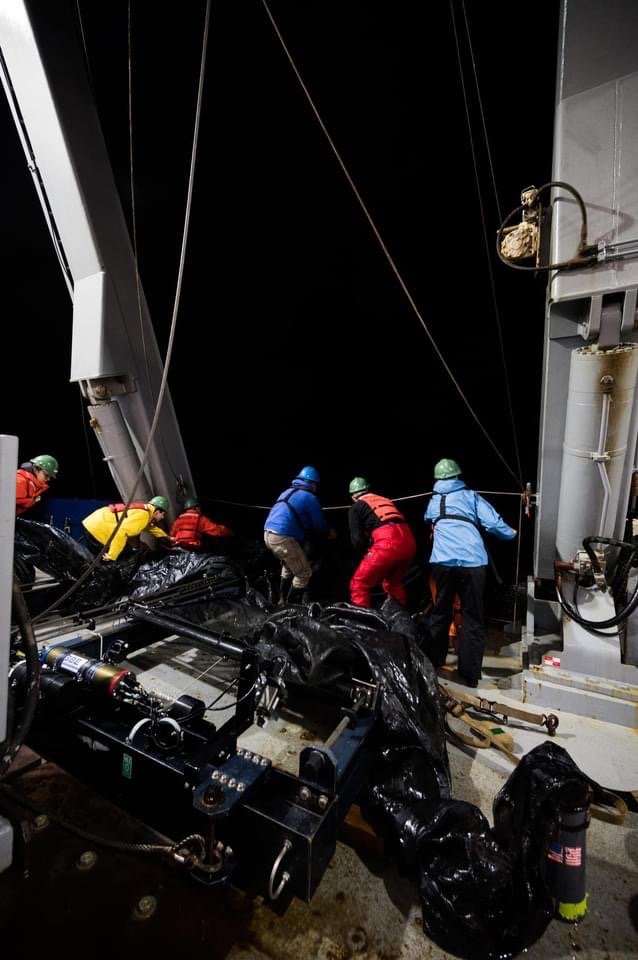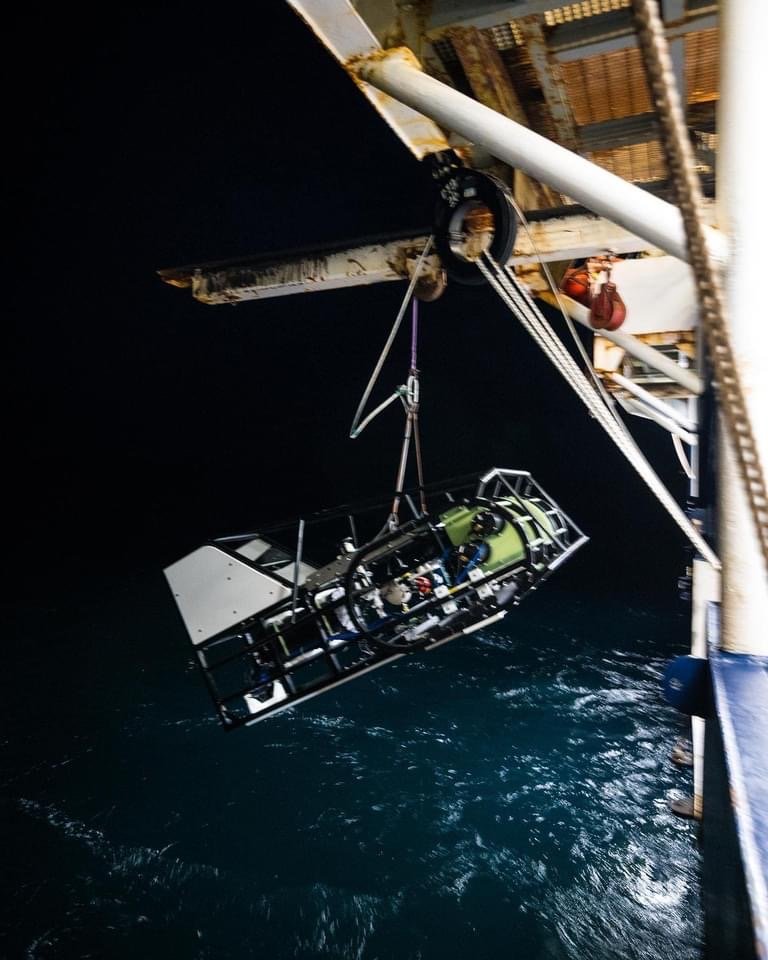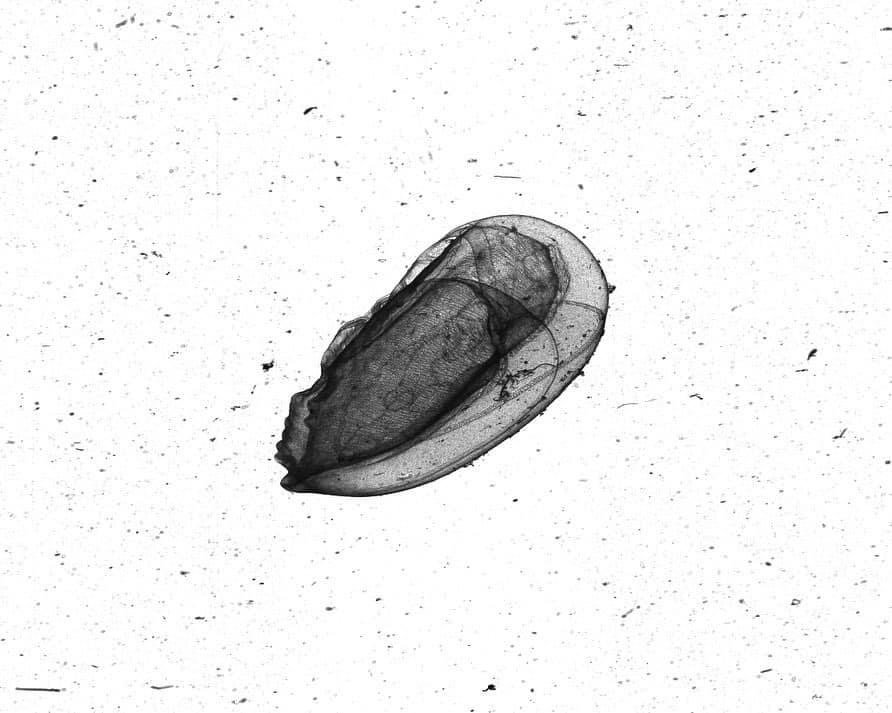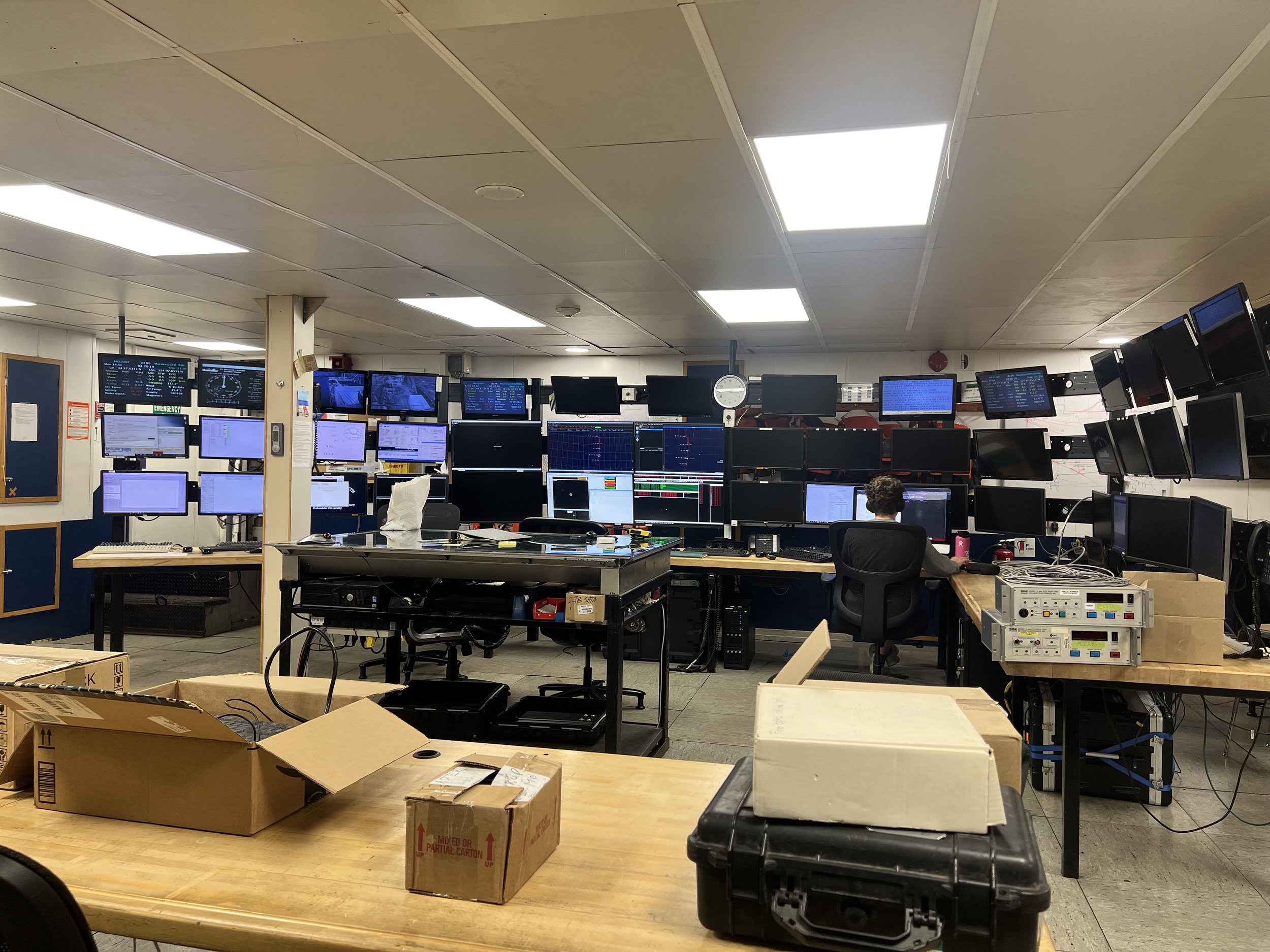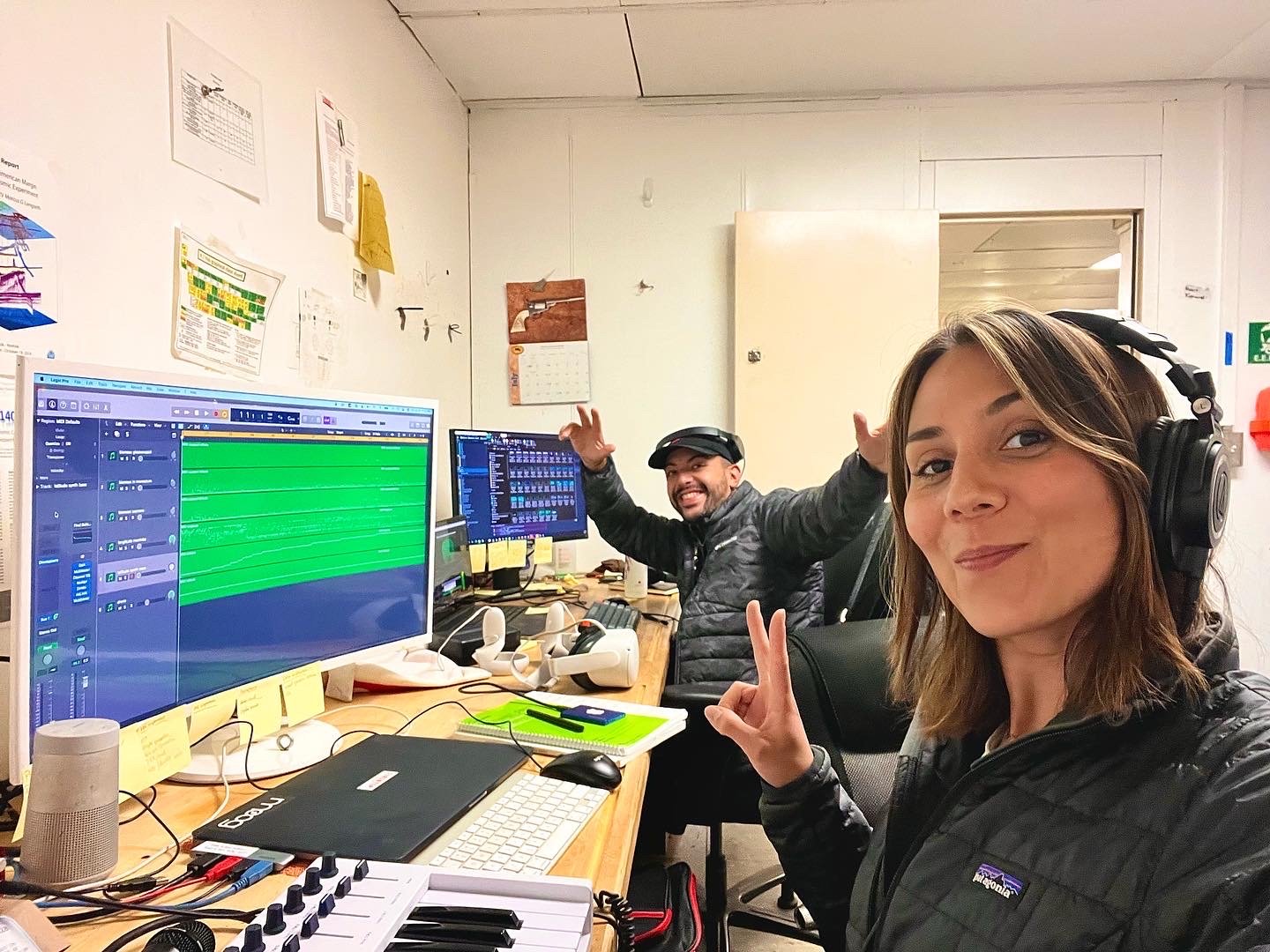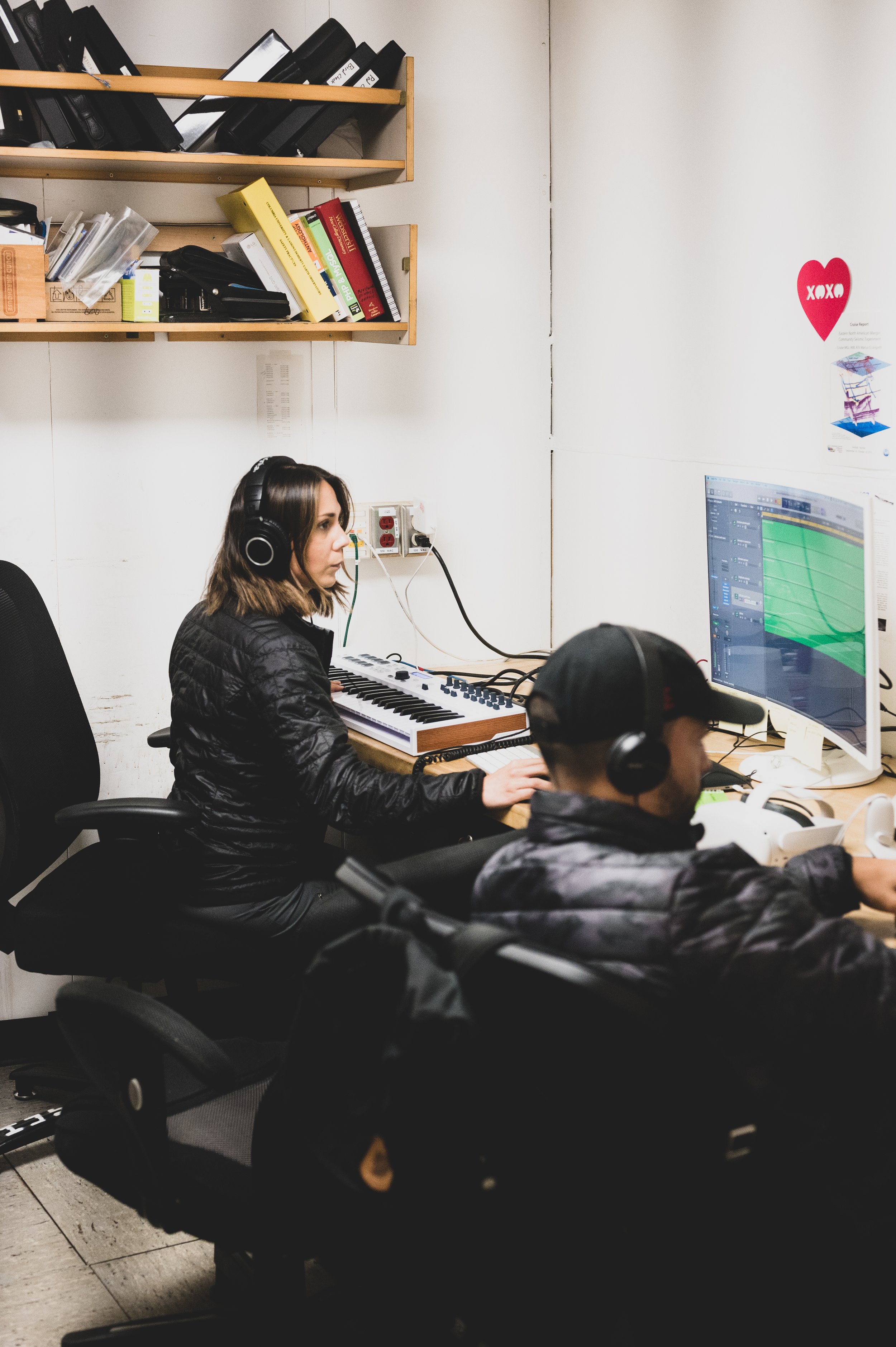Plankton Research North Pacific 07/17 - 07/31/2022
In the fall of 2021, I applied for a grant through Sitka Center of Ecology and Art to become an “Artist at Sea”. Through the application process, I thought that they would choose one artist per discipline to go on a research cruise with twenty scientist researching plankton and create art based on their research. Little did I know and fast forward to January 2022, I had been chosen as 1 out of 2 artists out of a pool of 120 applicants to join 1 out of 2 cruises during 2022.
Eagerly arriving on 07/17, I was ready with large size duffel bag and midi keyboard to create music in the North Pacific Ocean.
The ship was called “Langseth” after Marcus G Langseth who received NASA’s Special Achievement Reward for developing an instrument which showed that the moon had lost its internal heat and that it lacked the earth’s mechanism of creating new heat. This was an important contribution of our understanding of the moon.
I got settled into my room “103” and my roommate was lead scientist Kelly Sutherland of the Sutherland lab at University of Oregon where the goal is gain a mechanistic understanding of how marine organisms interact with one another and within their fluid environment. Our room had a bunk bed with two small beds, a desk, drawers, closet, and a bathroom with a shower. The wifi was very limited on the ship and there will be periods of time when I couldn’t even send a text or a simple email.
Due to technical difficulties, the journey got postponed until 7/19. We all stayed on the ship and took our time to get comfortable. During this time, I was able to find a small office room at the bottom of the ship in the computer lab where I was able to plug my laptop into an external monitor and turn this into my music studio at sea. Without knowing what to expect on this journey, I started creating a track called “Langseth”. It became an ambient track capturing the mystery from below and the excitement of the journey we were about to embark. Coincidentally, Danny Pimentel, an Assistant Professor of Immersive Media Psychology at the School of Journalism and Communication in Portland, also started working on an AR experience of the research cruise that we were about to experience. The track I made, fit perfectly into the experience that he had created. This became the beginning to our collaboration. Danny moved into my office and we named it “The Benthic Creator Zone”
The days at sea were long and split between two teams of scientists, the 3 am - 3pm team and 3 pm - 3 am team. And then we had the “floaters” which Kelly, Danny and I were included in where we got to make our own schedule. From about 5 am - 9 pm, we would stop at different sampling stations where the scientists deployed the MOCNESS, CTD and ring net. These were three different types and sizes of nets to capture plankton at the bacterial level up to micro and sometimes macro size. The bacterias were frozen right away along with some of the phytoplankton while the zooplankton were cleaned, counted, measured, and studied before frozen.
Kelly Sutherland and her lab patiently taught me ocean science, marine biology and taxonomy. They invited me to help collect different kinds of jellies, count, and put them into jars. Some of them received extra attention under a microscope where we were able to study all the incredibly beautiful details they had which is blind to our naked eye.
During night time, we would go back to the same stations with the ISIIS (In-situ Ichthyoplankton Imaging System) which was able to film and calculate all the plankton in real time. Back in the day, scientists would need to go through all the data manually to see what they found. This immense data would be TB upon TB of data which therefore took the scientists months and years to go through. Being able to capture it all in real time now with ISIIS is revolutionizing and effectivizing the way scientists can work.
At this point, you’re probably curious about what I did on the ship. Each day after digesting hours of marine discovery, I would go down to the Benthic Creator Zone and create. This was the most inspiring and productive composing I’d ever been in. Depending on what I’d encounter, I’d create soundtrack to under water videos that the scientists provided me, create compositions using data sonification,interview about the scientists favorite organisms in first person and “give voices” to these organisms, create music for VR & AR experiences with Danny, and start to work on my larger interdisciplinary suite.
On the last day of the cruise, due to an unexpected delay in docking, I also invited the scientists into a songwriting workshop. Sixteen of them wrote songs in groups which we performed for each other and I later recorded and produced three of the songs with them from the bottom of the ship that night.
This research trip was one of the best experiences of my life. I’m incredibly grateful to Sitka, Oregon State University and Hatfield Marine Center for giving me this opportunity. I learned sooo much from everyone and the ocean with its ecosystem is out of this world. The complexity and vitality that these organisms have that we can’t even sometimes see with our eyes is mind-blowing. This trip is the first part of the next phase of my work and I truly hope I get to experience earth at this level again and share it with you all.

